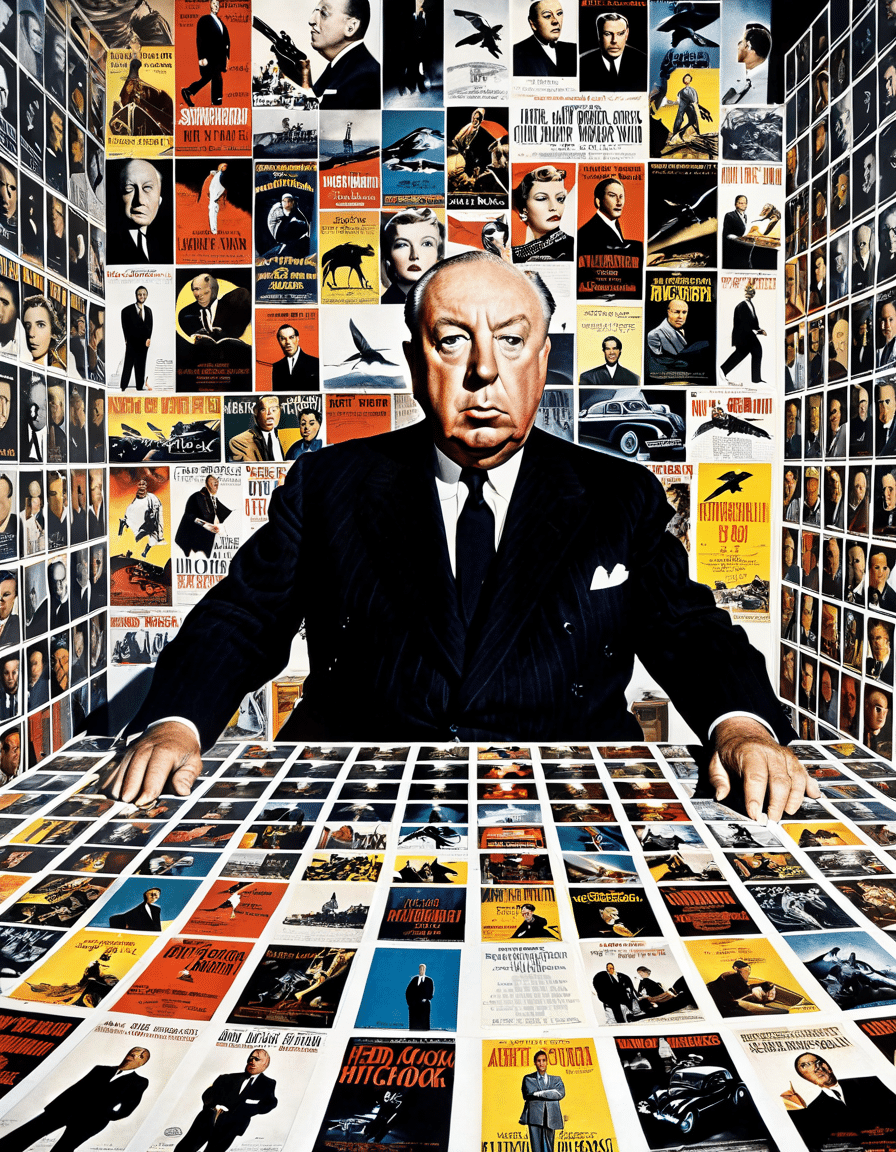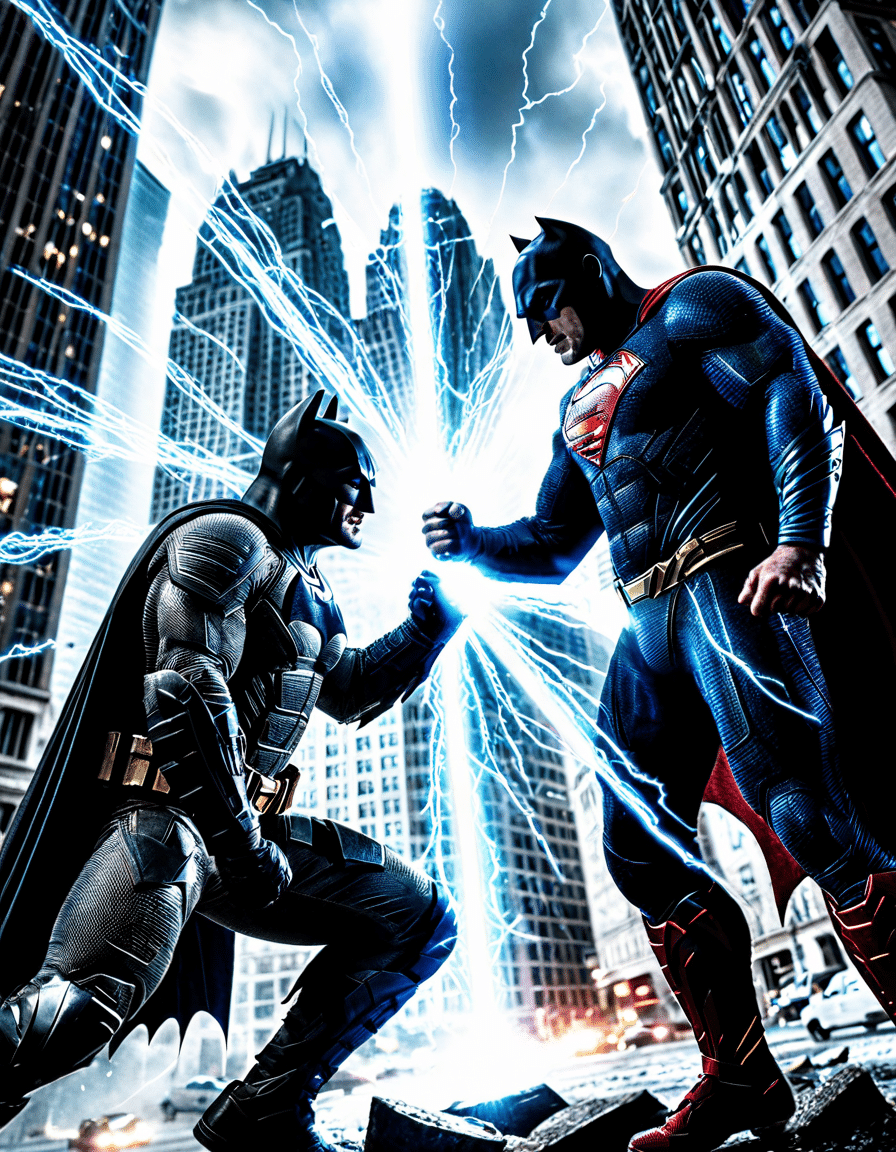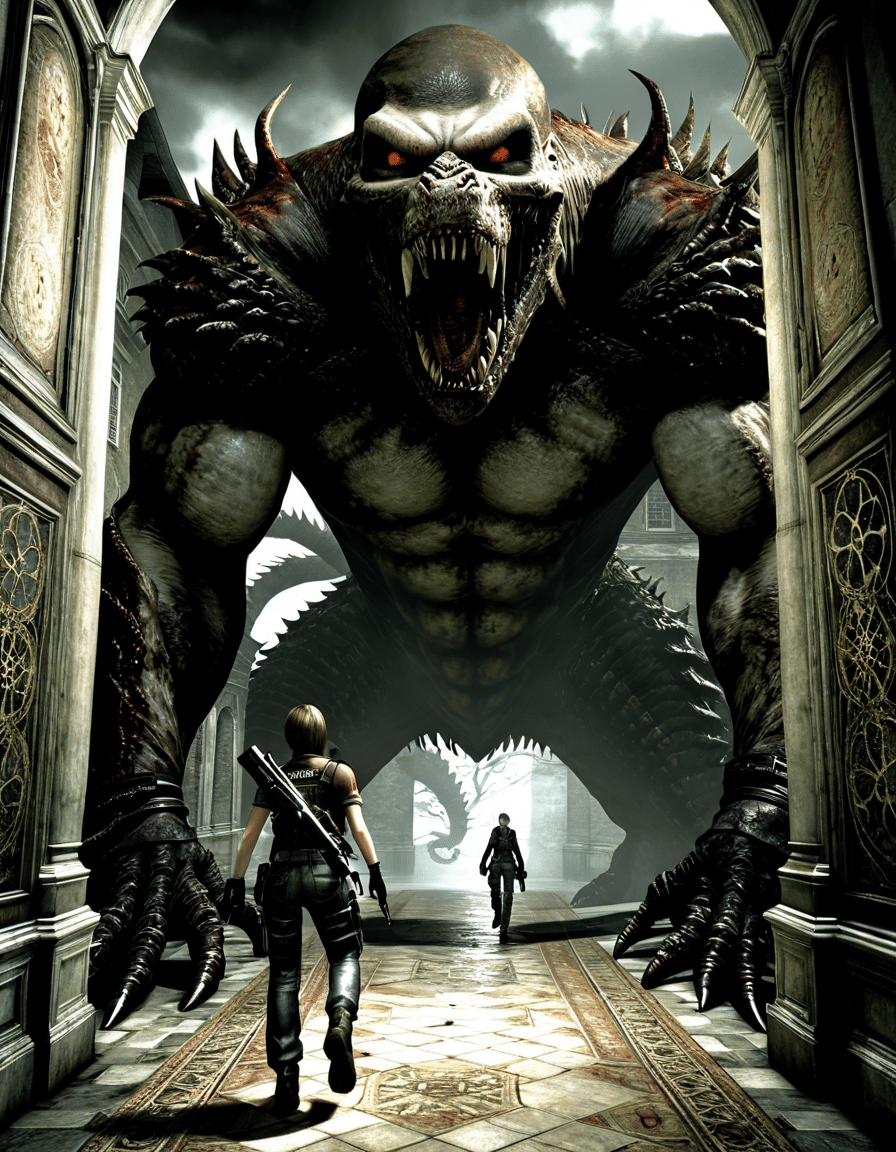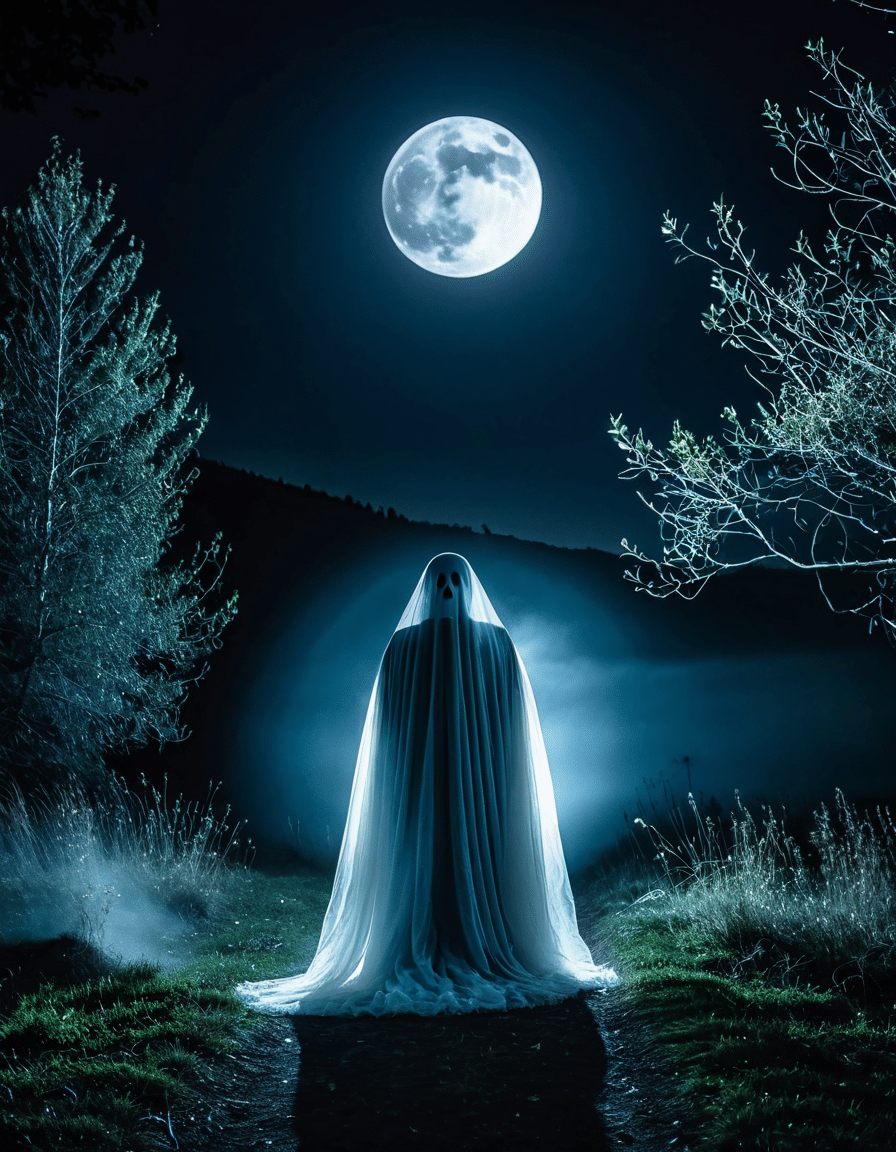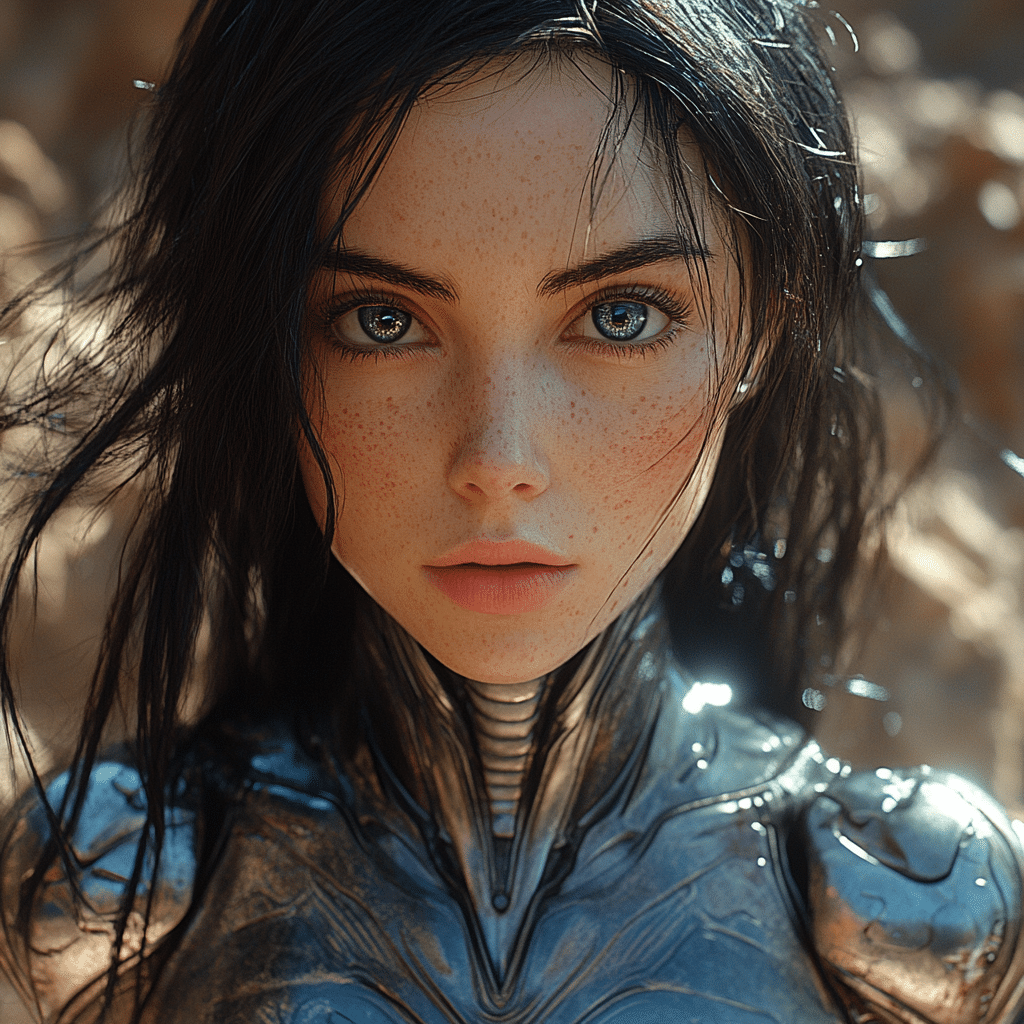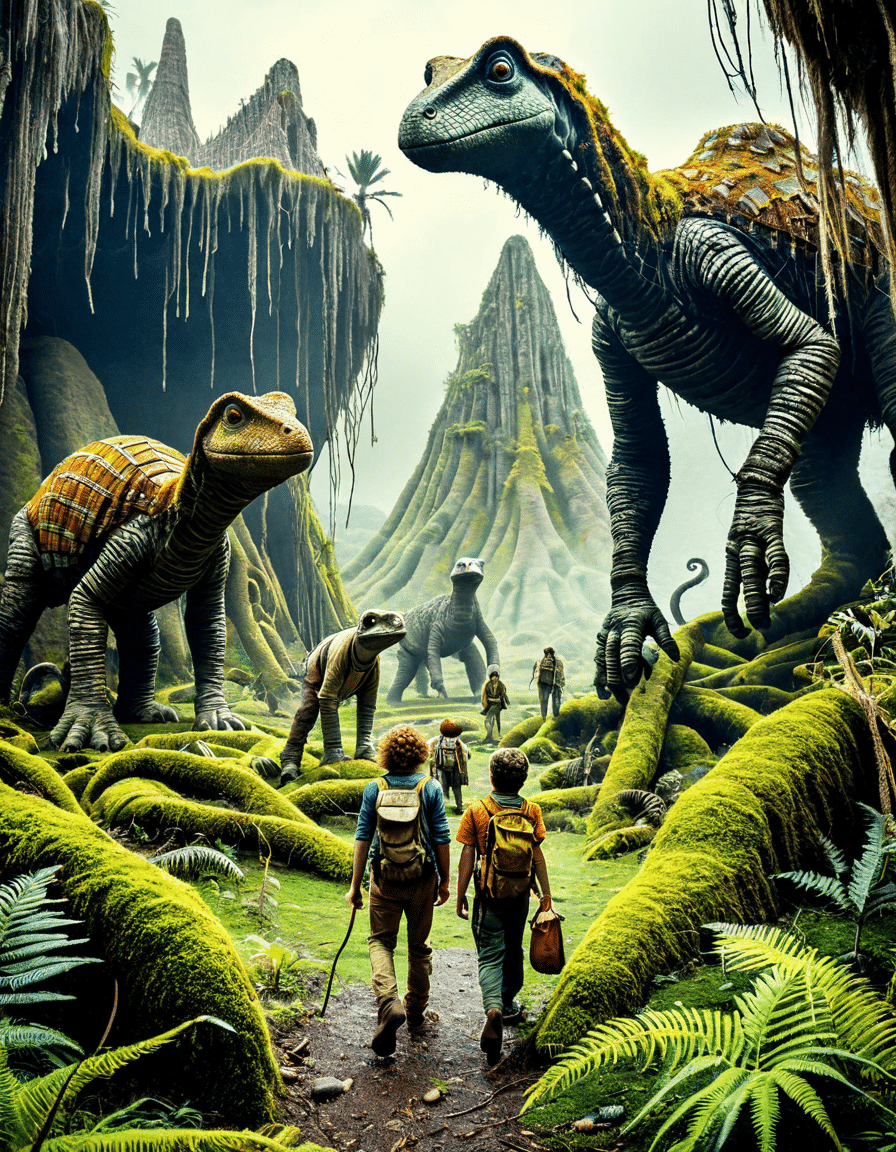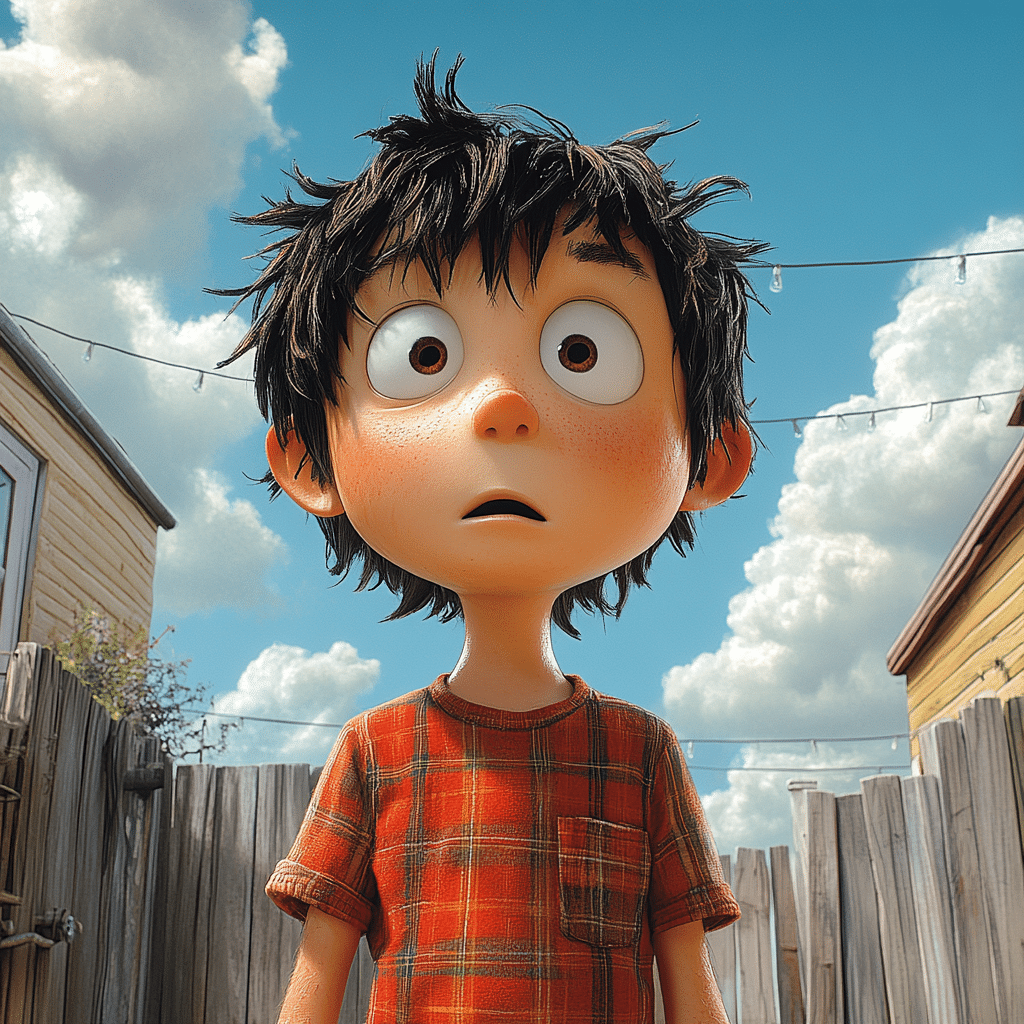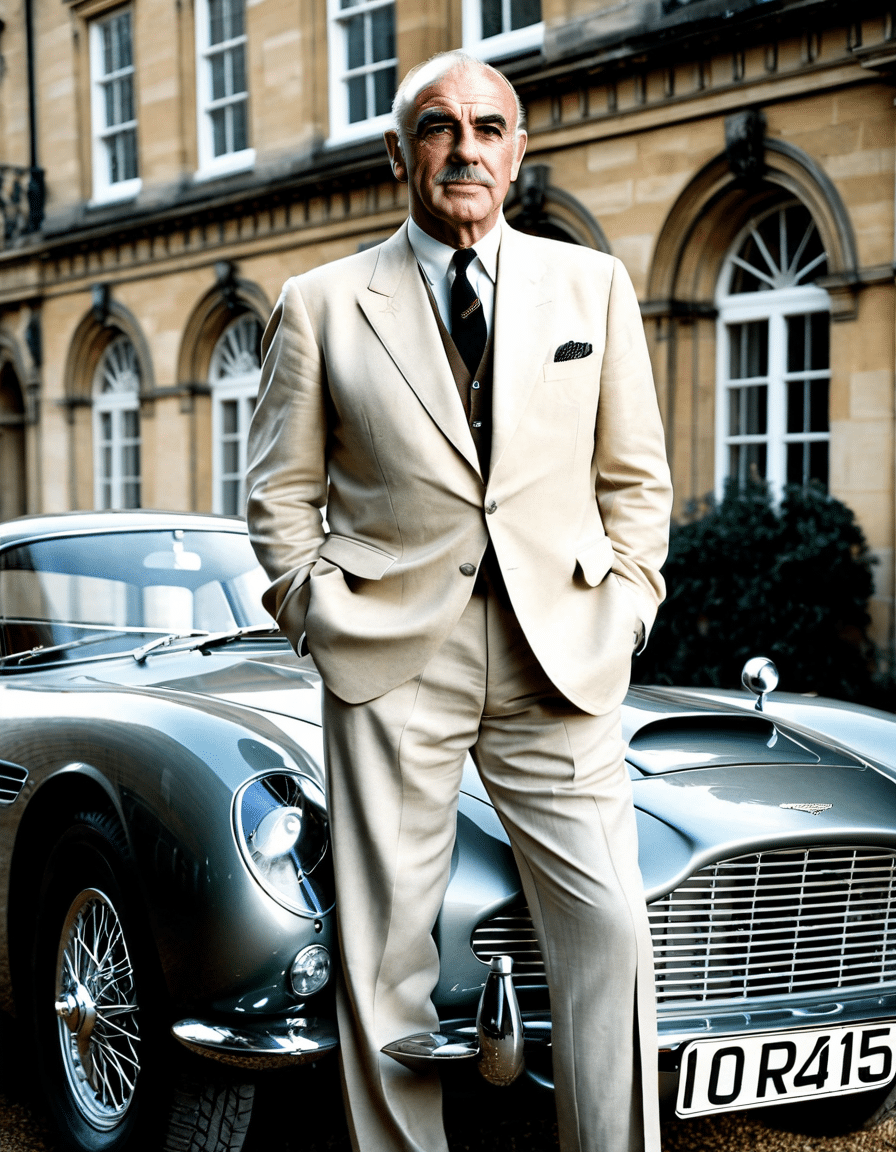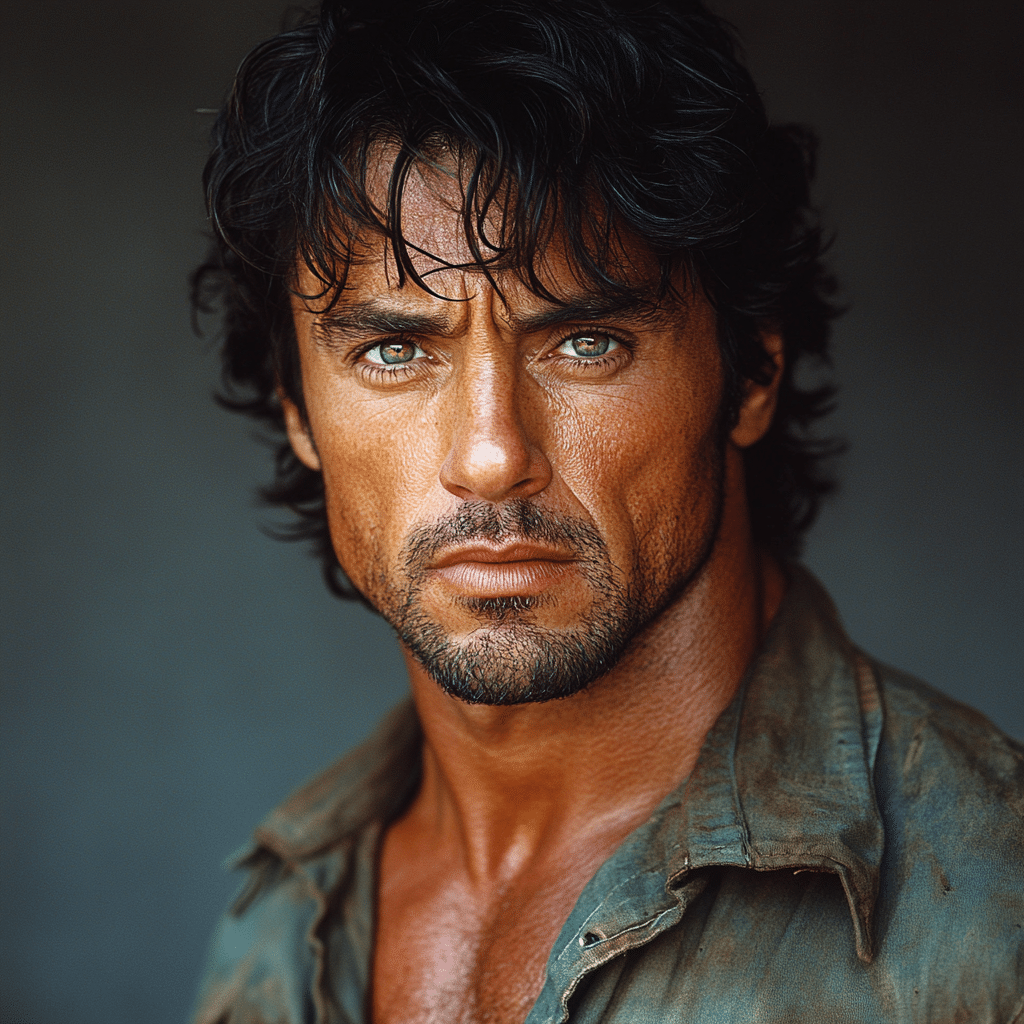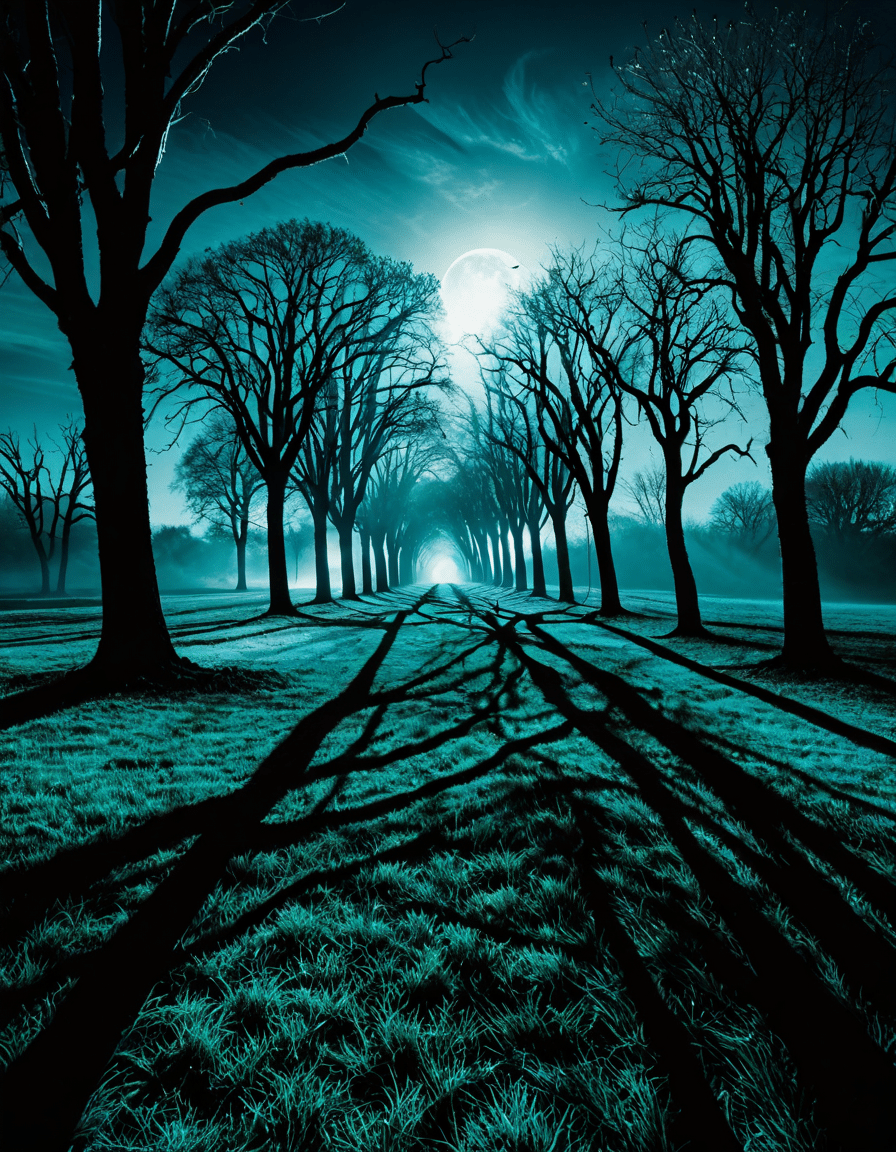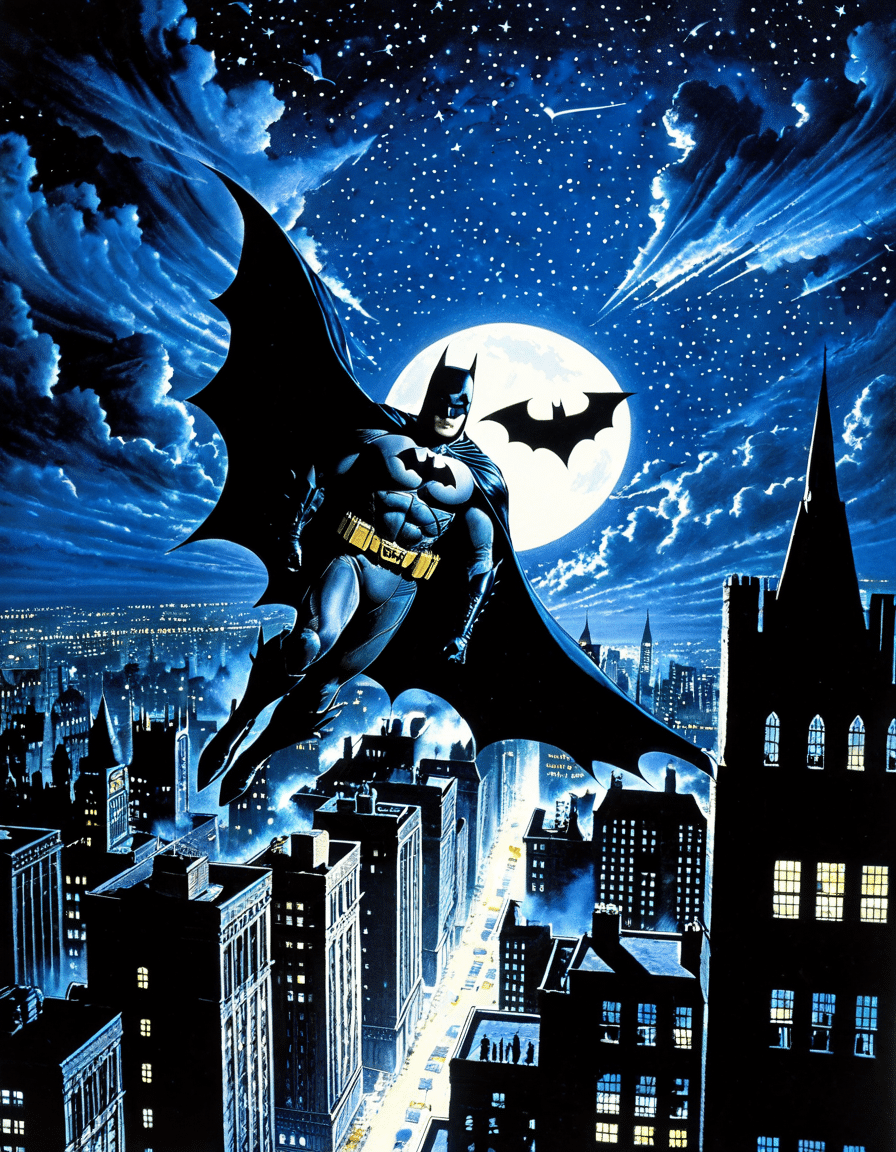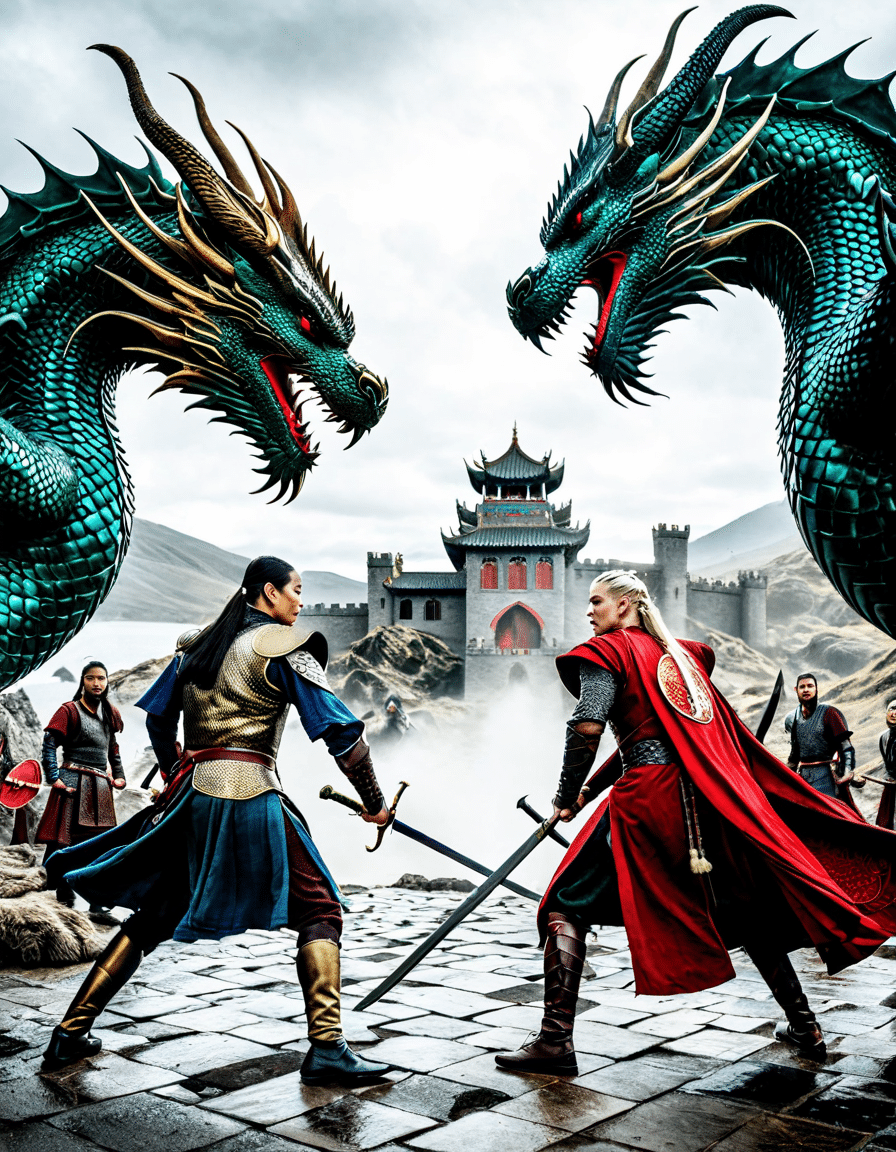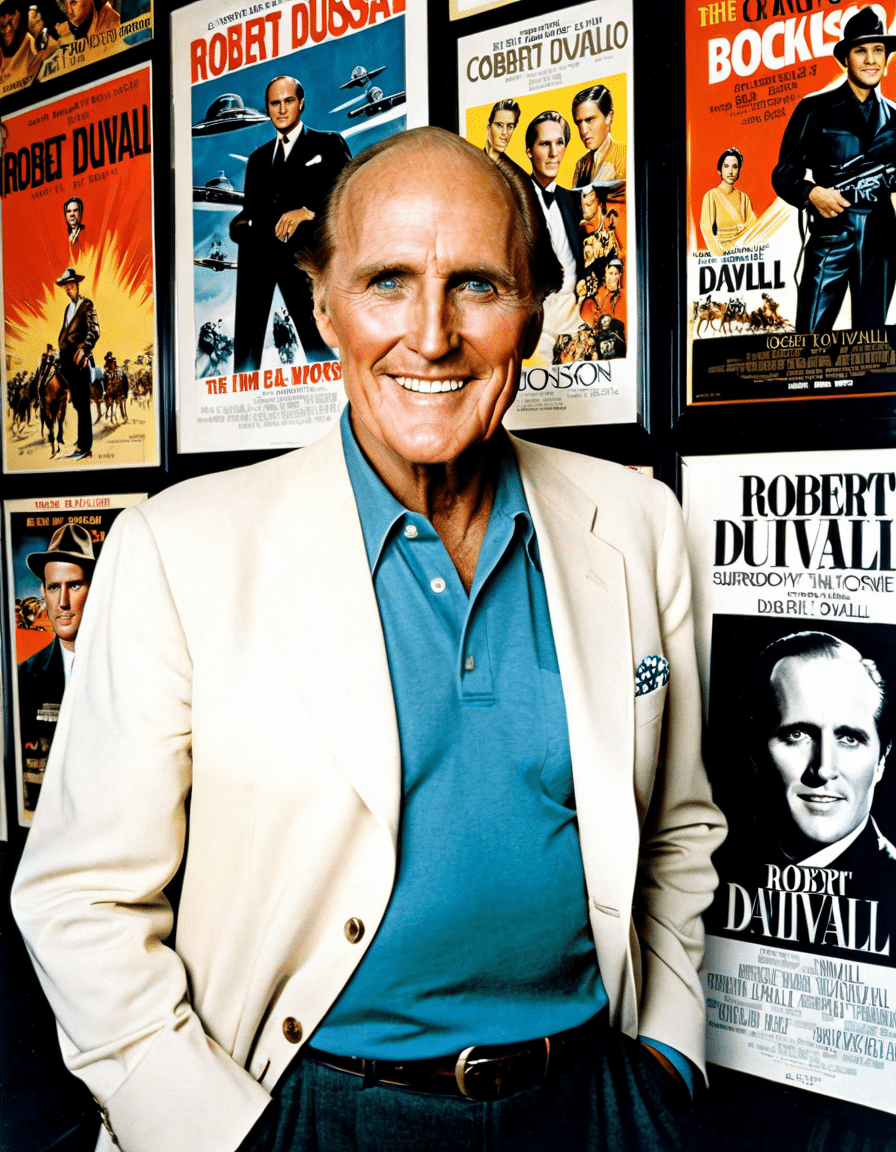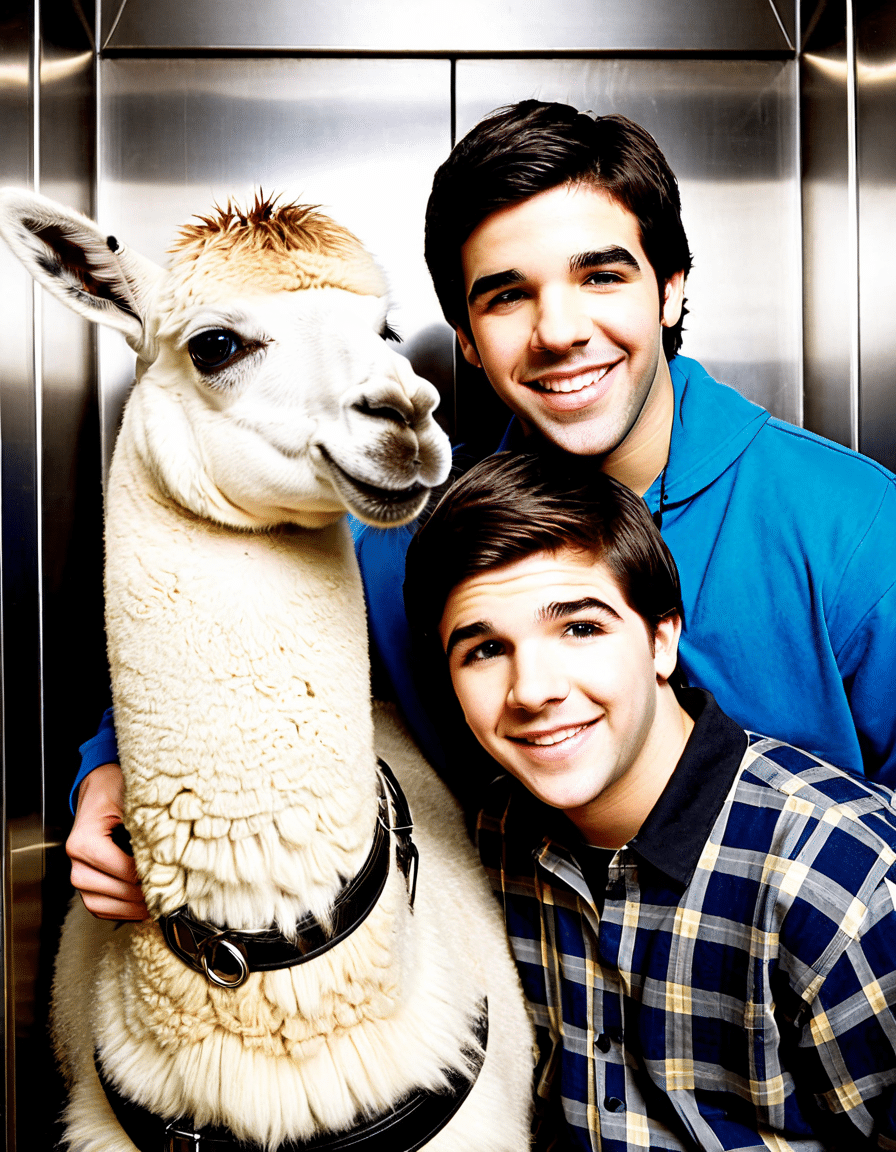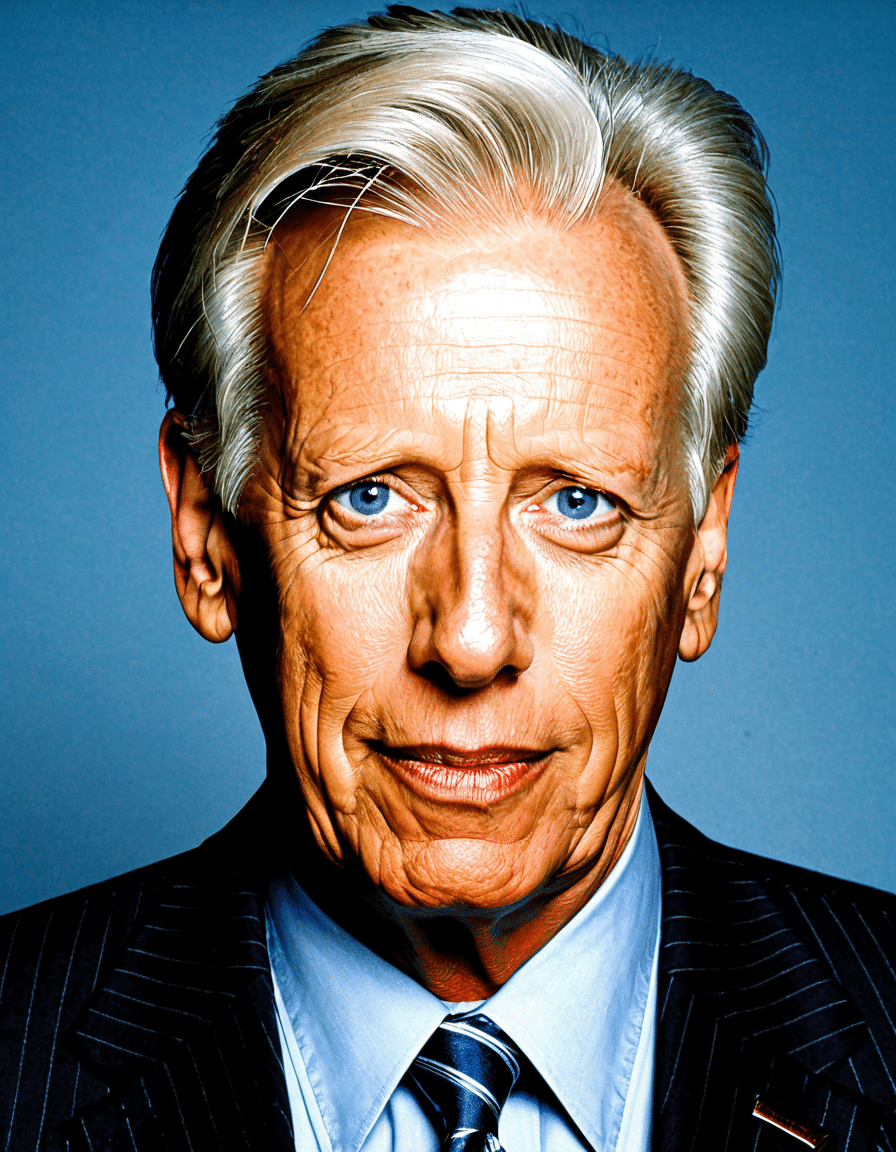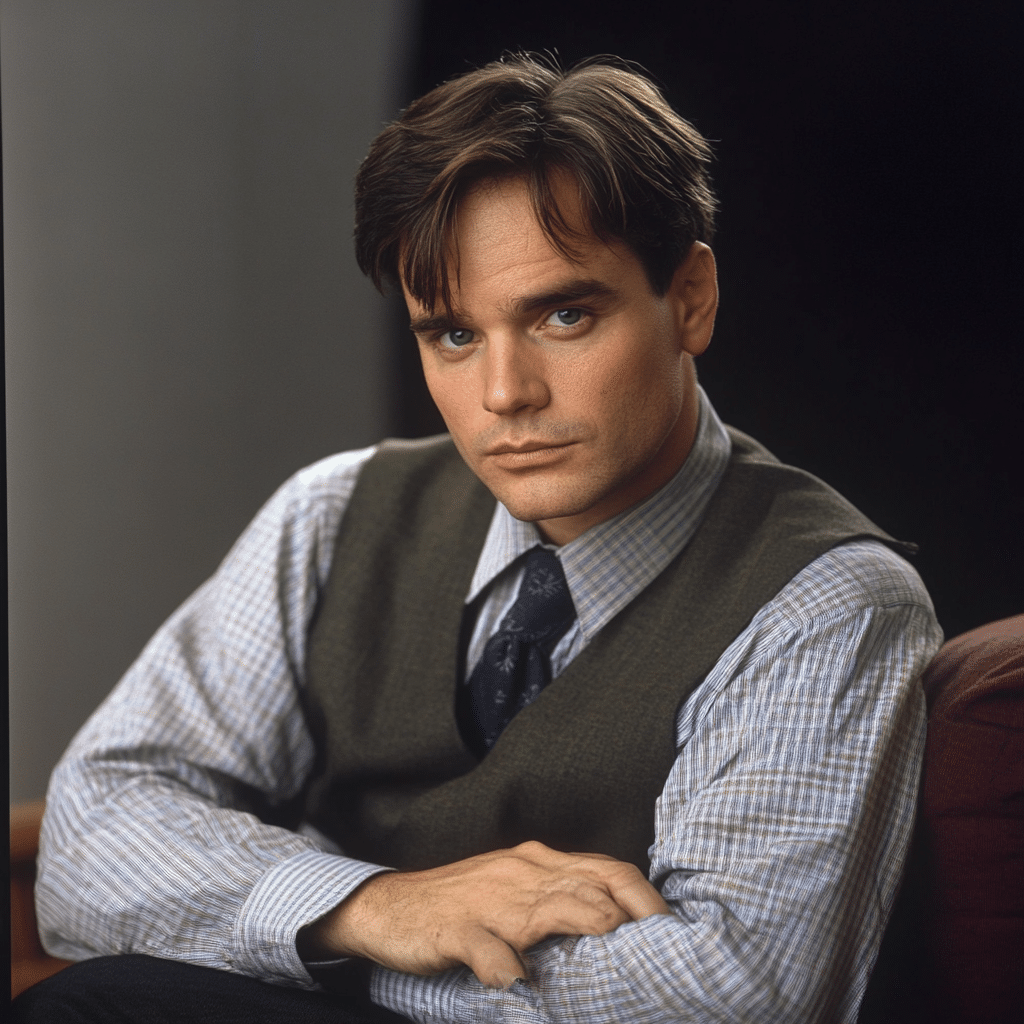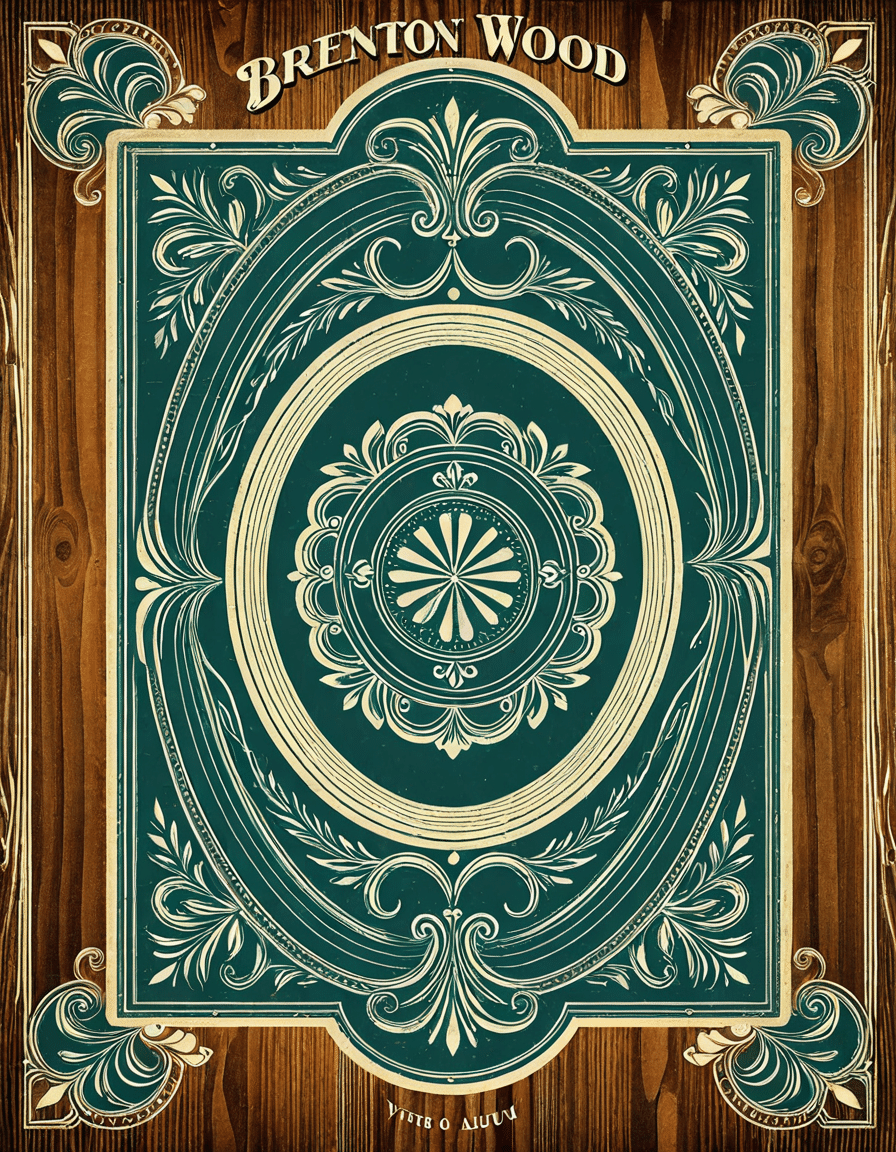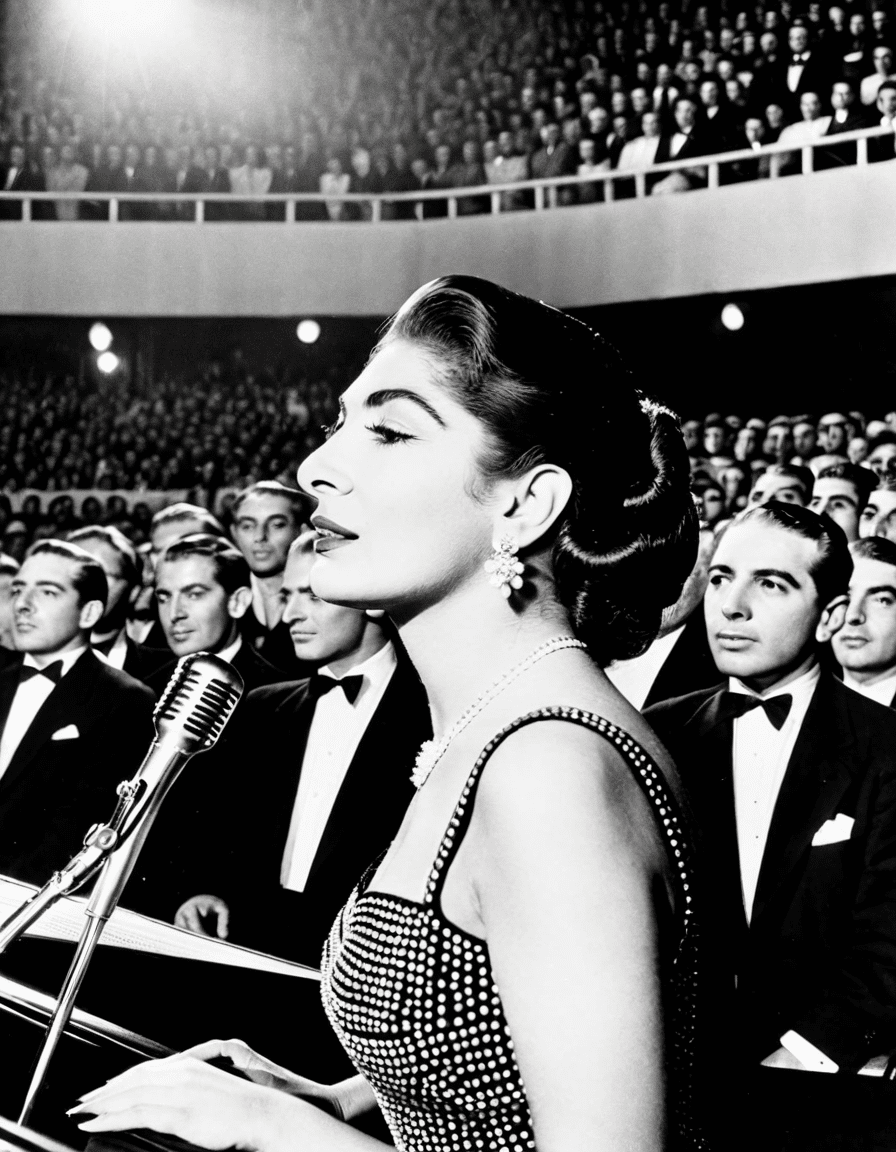When we think about the evolution of superhero cinema, there’s one pivotal film that stands head and shoulders above the rest: “Batman 1989.” Directed by Tim Burton, this movie not only brought Batman back into the spotlight after years of campy interpretations but also redefined what a superhero film could be. It struck a chord with audiences, and its influence continues to be felt today. Let’s dig deep into seven reasons why “Batman 1989” changed the superhero genre forever.
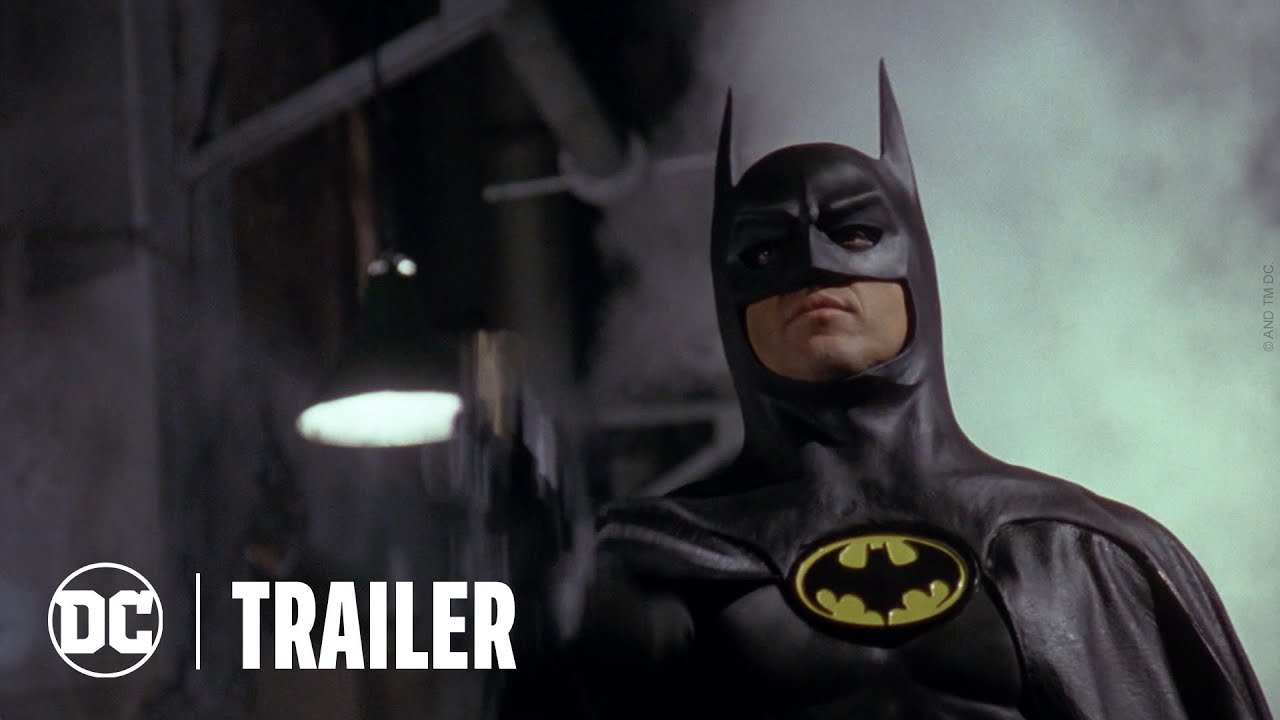
7 Reasons Why Batman 1989 Redefined Superhero Cinema
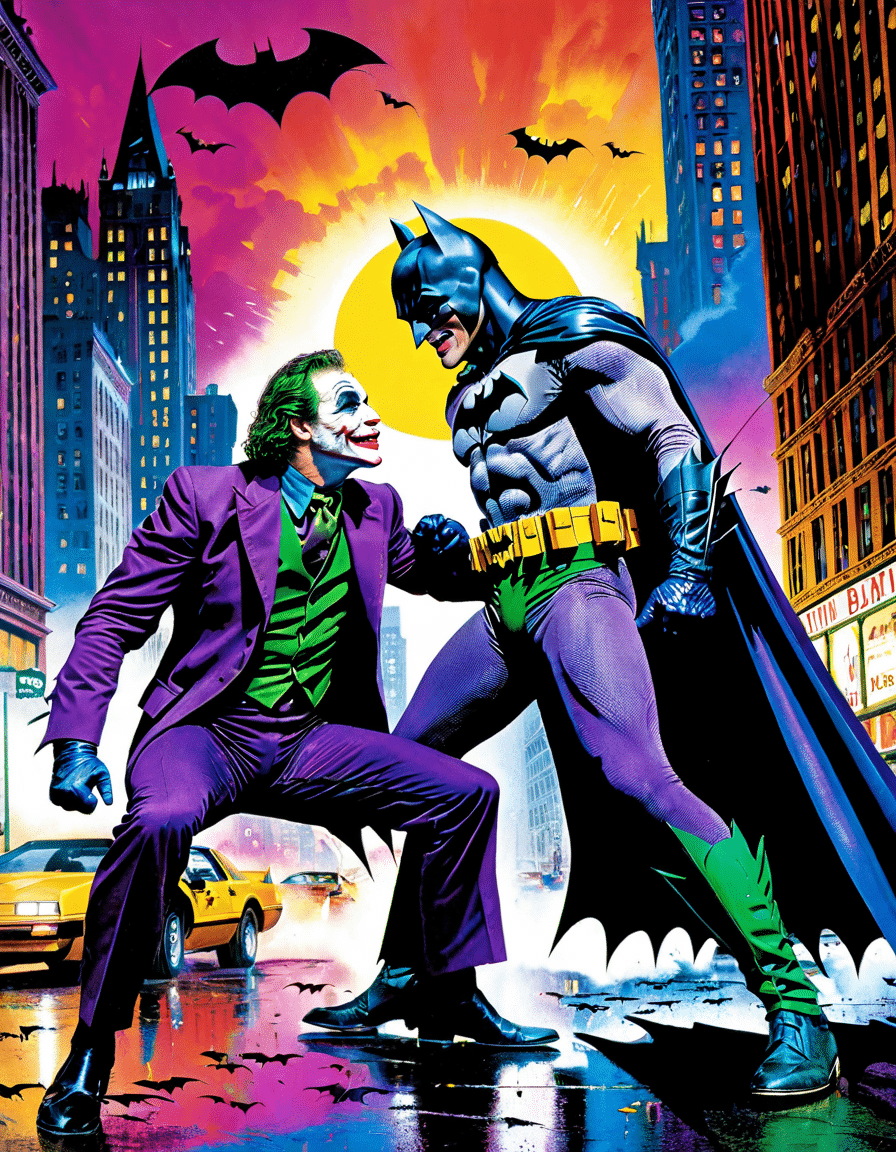
1. A Grimy Aesthetic that Distanced Itself from Comic Roots
In stark contrast to the colorful and campy Batman of the 1960s television series, “Batman 1989” envisioned a darker, more menacing Gotham City. Think of the seedy underbelly of “Mad Max” (1979); Tim Burton’s vision echoed that very style. With its towering gargoyles, shadowy alleyways, and sleek, yet daunting design, this Gotham felt alive and dangerous. The film set a standard for the comic-book adaptations that would follow, creating a gritty aesthetic that filmmakers still aspire to today.
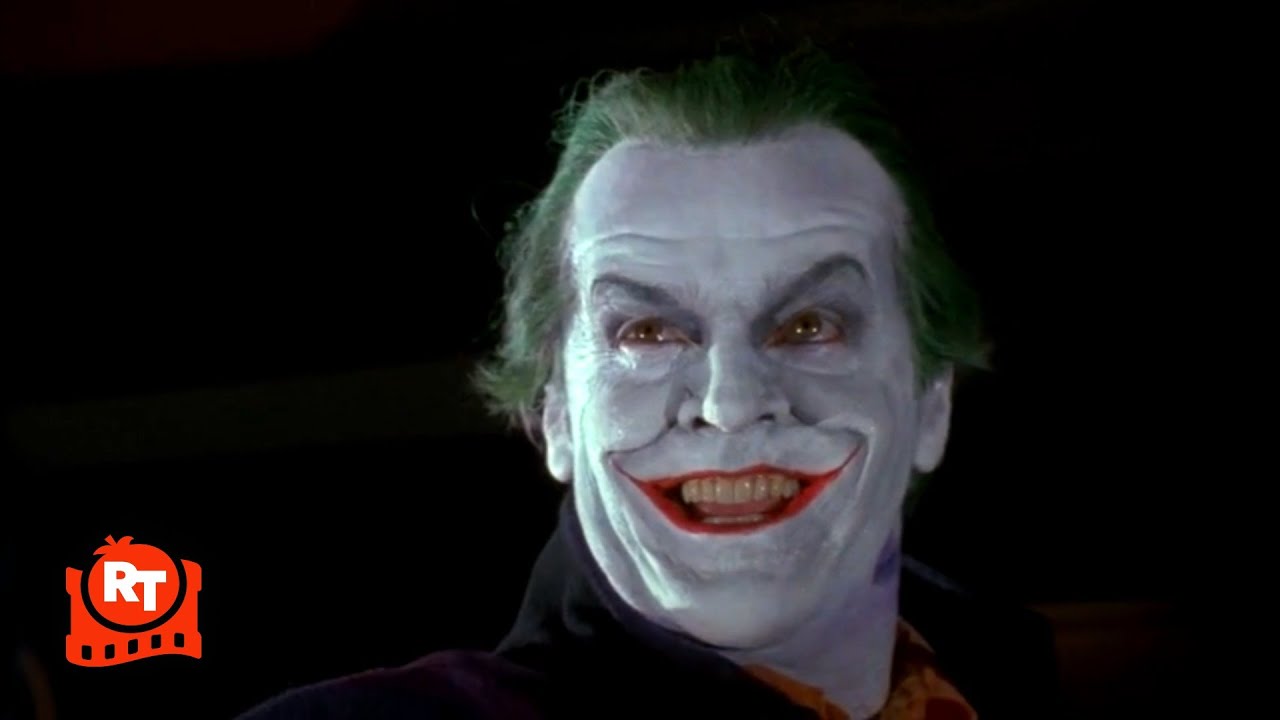
2. The Power of an Iconic Score
Let’s talk about Danny Elfman’s score. It’s hard to separate Elfman’s haunting music from the film itself. The soundtrack wasn’t just background noise; it became an integral part of Batman’s identity. Imagine how much less impactful the film would be without those unforgettable themes. This use of sound to mirror character emotion not only made the viewing experience richer but also paved the way for future scores in superhero films, including those heard in “The Batman” released in 2022.
3. A Complex Antagonist
Jack Nicholson’s portrayal of the Joker was a game-changer. His character wasn’t just a cookie-cutter villain; he was layered and unpredictable. Nicholson added a sense of tragic depth to the Joker, showing that he wasn’t just crazy for chaos’s sake. This portrayal helped to reshape how audiences viewed villains, with subsequent interpretations—like Heath Ledger’s stunning performance in “The Dark Knight” and Joaquin Phoenix’s take in “Joker”—delving deeper into the psychological complexities of bad guys. The Joker wasn’t merely Batman’s foil; he was a character worthy of exploration.
4. Marketing and Hype That Changed the Game
You’ve gotta hand it to the marketing team behind “Batman 1989.” They crafted a buzz that was nothing short of electric. The film’s promotional strategy—which included a treasure trove of merchandise, promotional partnerships, and world-altering marketing campaigns—turned heads. It rivalled the marketing powerhouse of Marvel’s Avengers franchise in the 2010s. The iconic bat logo became a symbol recognized worldwide, proving that marketing could elevate a film to stellar heights.
5. The Start of a Franchise Culture
Here’s where things got even more interesting—”Batman 1989″ launched an entire franchise culture. Warner Bros. sparked the fire that led to sequels, spin-offs, and a slew of other interpretations. From “Batman Returns” to the various reboots featuring Christian Bale and Ben Affleck, the impact of Michael Keaton’s portrayal created a legacy that echoed through generations. The franchise exploded into a multifaceted universe that remains pivotal to this day.
6. Challenging Gender Norms
In an era when women in films often played simple damsels in distress, Vicki Vale, portrayed by Kim Basinger, breathed fresh air into the narrative. Rather than simply waiting for Batman to save her, she took charge of her own story. Her determination to uncover the truth about Batman gave her character agency that helped shift Hollywood’s portrayal of women in superhero films. Characters today, like Wonder Woman and Black Widow, owe part of their existence to the doors Basinger helped open.
7. Influence on Future Films
Let’s not skirt around it, the influence of “Batman 1989” is massive. This film set the bar for how superhero stories could tackle darker themes and nuanced narratives. Its success paved the way for various projects, including “Hulk” (2003), where filmmakers bravely experimented with heavy themes and deep storytelling. Nearly every superhero film that followed had to reckon with the legacy that “Batman 1989” created.

Legacy of Batman 1989 in Today’s Cinematic Landscape
Fast forward to 2026, and the legacy of “Batman 1989” continues to loom large. Modern films, including “The Batman,” have clearly borrowed from Tim Burton’s initial vision while expanding on its narrative depth. Much like the cinematic artistry we see amongst contemporary directors, today’s films echo the tonal richness that Burton introduced.
New Perspectives and Takeaways
The discussions around “Batman 1989” go beyond mere entertainment; they get at the heart of cultural conversations about morality and heroism. It’s a film that challenged audiences to consider the moral grayness of heroes and villains. It showed that complexity isn’t just interesting; it’s essential. Moreover, its combination of artistry, storytelling, and a groundbreaking marketing strategy transformed expectations for superhero films. This wasn’t just a flick to watch and forget—this was a classic that anchored the Dark Knight in popular culture for decades to come.
Just take a moment to reflect on how far we’ve come, from the bright campiness of the ’60s to experiencing the rich narratives and character depth of today’s superhero epics. “Batman 1989” is not merely a film; it’s a crucial chapter in cinema history, illustrating how powerful storytelling can resonate across generations. Keep that in mind next time you watch a superhero flick; you’re witnessing the seeds that were brilliantly sown over three decades ago.
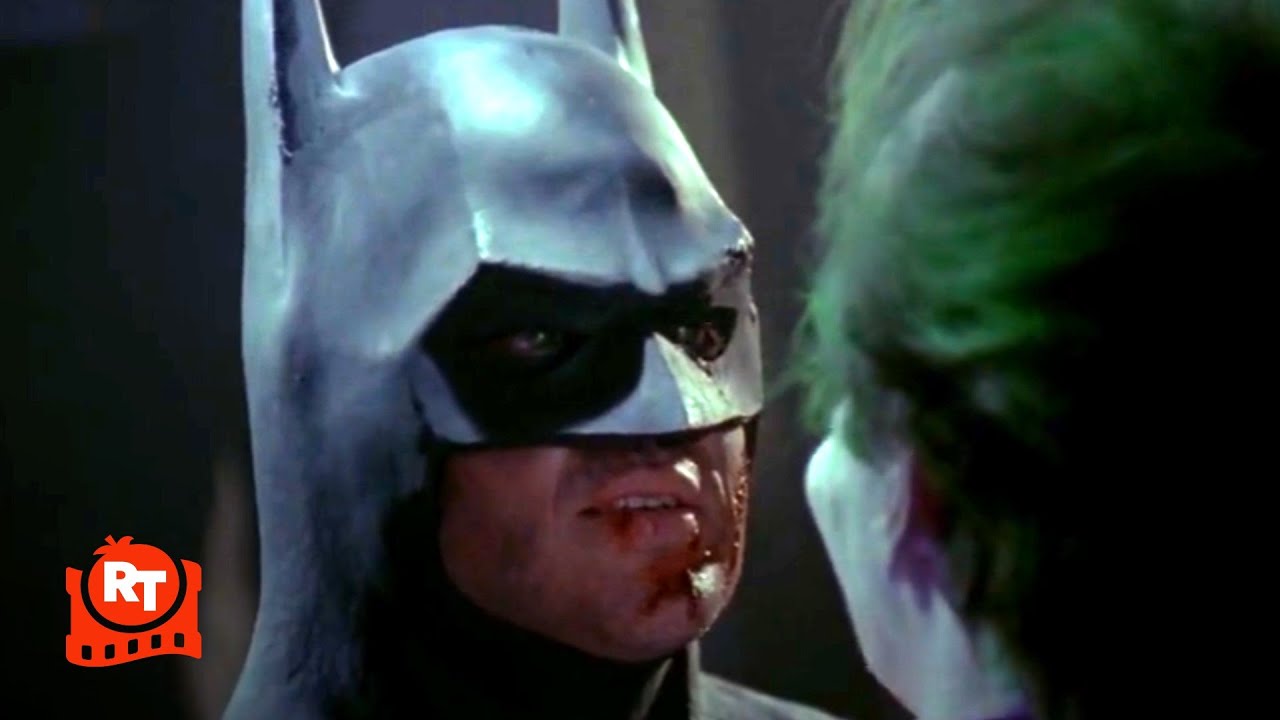
Batman 1989: Fun Trivia and Interesting Facts
A Game-Changer in Superhero Cinema
When “Batman 1989” hit theaters, it changed the superhero genre forever. Directed by Tim Burton, this film was a dark and stylish take on the iconic vigilante’s tale, ditching the campy tone of previous adaptations. One fascinating tidbit? The infamous Batmobile was custom-made for the film, blending art with engineering and leaving audiences and car enthusiasts alike in awe. Fans took notice of how Burton’s vision embraced Gotham’s grim atmosphere, setting the stage for future interpretations and sparking conversations about acceptable synonym for a hero in an era filled with hopeful narratives.
Another fun fact revolves around the casting process. Originally, the role of Batman was offered to other actors, including the beloved Robert Duvall, who could’ve brought a different energy to the caped crusader. In a world where directors like Tim Burton are revered for their creativity, the casting choices often spark fascinating “what ifs” among fans. Imagine a Gotham City shaped by Duvall’s charisma! And speaking of iconic performances, Michael Keaton’s portrayal became legendary. He brought a depth that audiences hadn’t seen before, leading many to become instant fans of Norah jones en style storytelling.
Behind the Scenes Magic
Production for “Batman 1989” was full of surprises. For instance, did you know that Patrick Seitz, a voice actor known for his roles in animation and video games, provided additional voices in the film? It’s a neat reminder of how the industry blends talents from various sectors to bring stories to life. Moreover, Jeff Arcuri, who had a hand in the film’s special visual effects, worked tirelessly to achieve the film’s signature style. Those effects not only wowed viewers but also prompted discussions on the evolution of digital cinema.
Lastly, while Batman captured the screens, the merchandise thrived in stores, creating an empire that fans continue to relish today. The iconic symbol resonated with young and old, sparking an appreciation that remains palpable even in recent franchises like House Of Dragon season 2. This enduring legacy shows the cultural impact of “Batman 1989” in lifestyle products and fan events across the globe, echoing a sentiment that resonates well beyond its initial release. Whether it’s around a campfire or online chats, discussions about this film echo, remaining relevant as we anticipate the future of superhero tales. Who would’ve guessed that a movie released in 1989 could still stir conversations today? It’s just one of those timeless classics that never age!

